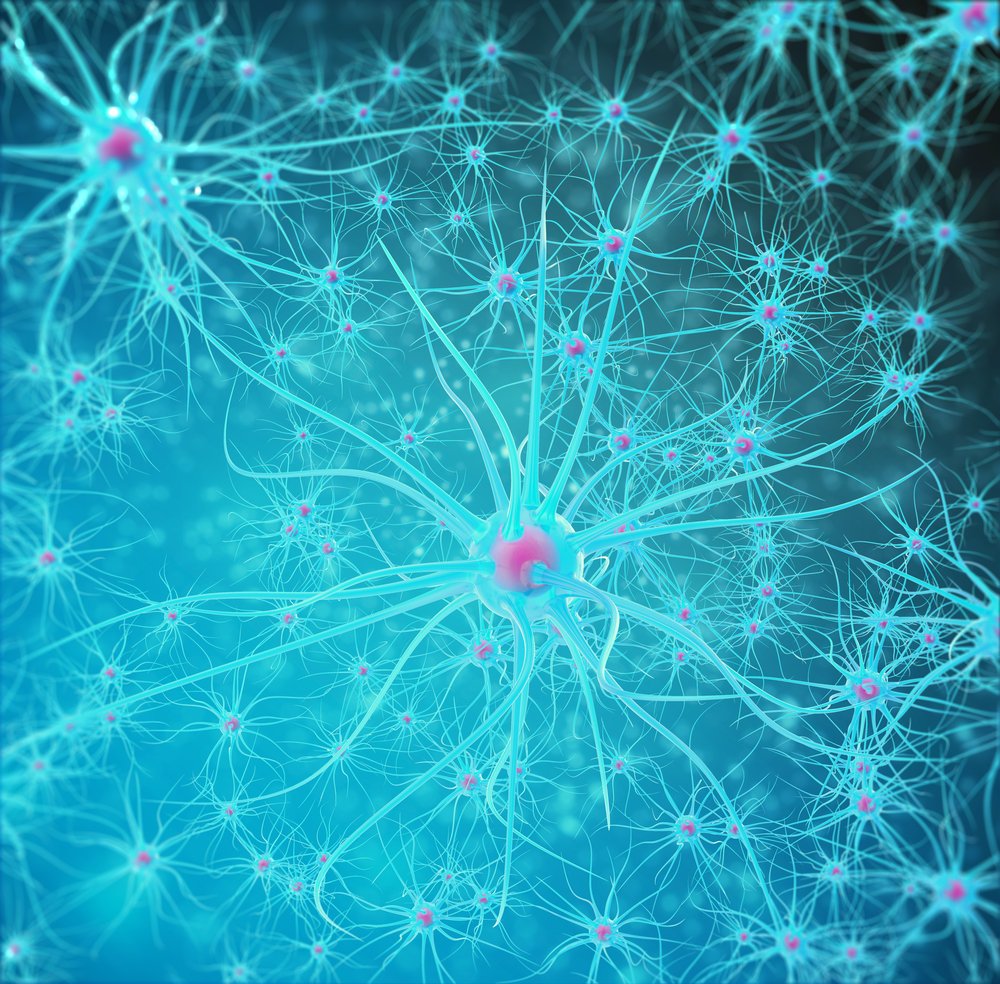Dopamine Infused Directly to Brain Eased Symptoms in Monkeys

An oxygen-free (anaerobic) formulation of dopamine infused directly into the brain of monkeys with induced Parkinson’s safely improved both their motor and cognitive symptoms, according to a new study.
These findings support a proof-of-concept clinical trial of this treatment approach, adapted to people with the disease.
The study, “Intraventricular dopamine infusion alleviates motor symptoms in a primate model of Parkinson’s disease,” was published in the journal Neurobiology of Disease.
The hallmark of Parkinson’s disease is the loss of dopamine-producing neurons in the substantia nigra, a brain region that controls movement and balance.
Dopamine supplementation as a treatment strategy is not possible, because it cannot cross the digestive mucosa and the blood-brain barrier. As such, oral administration of dopamine’s precursor levodopa is a treatment option, because L-dopa can cross that barrier.
Of note, the blood-brain barrier is a semipermeable membrane that protects the brain against the external environment, including threats like viruses carried on circulating blood. It can also be a major barrier to delivering medications that need to reach the brain and central nervous system.
Drawbacks to levodopa, however, are known: it does not last long, it has limited and variable absorption into cells, and it requires the action of an enzyme in the brain, converting L-dopa into dopamine, that declines with disease progression.
Continuous administration of dopamine directly to the brain could prevent swings in the levodopa levels between doses, better matching normal biological processes.
In animal models, the direct infusion of high doses of dopamine into the brain ventricles (four interconnected cavities within the brain) increased dopamine levels and improved motor function. The same technique was applied independently to two Parkinson’s patients using low-dose infusions, and also eased motor handicaps.
But dopamine can be oxidized when exposed to oxygen, which can both diminish therapy response and cause toxic side effects.
Scientists with the University of Lille in France formulated a solution of dopamine — called A-dopamine — in a device with nitrogen gas while maintaining a minimum level of oxygen — less than 1% — to avoid oxidation (an anaerobic formulation).
A-dopamine was continuously infused into non-human primates (macaques) close to the striatum, the region of the brain that receives dopamine from the substantia nigra.
These primates had been given a chemical called MPTP that destroys dopamine-producing neurons and mimics Parkinson’s symptoms.
The catheter used to administer A-dopamine to the brain was implanted surgically under anesthetic and time was allowed for recovery.
Researchers conducted separate experiments to measure the effects of low and high A-dopamine doses, a long-term infusion, and infusion of anaerobic L-dopa (A-L-dopa) and a similar molecule called A-ME-L-dopa.
A low A-dopamine dose, that matched the dose given previously to the two Parkinson’s patients, showed a good safety profile with no adverse events but did not lessened motor symptoms. An increase in the low dose over time also failed to show improvement.
An initial high dose of A-dopamine, followed by an increasing dose over time, showed an improvement in both motor skills and cognitive function. Some monkeys were able to tolerate a very high dose without obvious side effects for up to 10 days.
An A-dopamine infusion was done over the course of 60 days to define the therapeutic index — a comparison of the amount of dopamine needed to achieve a therapeutic effect to the amount that causes toxicity.
An initial dose was given that showed motor and cognitive improvement, and increased over 60 days. Over this time, efficacy was maintained without an adverse event and no evidence of a lesser response to the therapy.
Use of A-L-dopa and A-ME-L-dopa showed no substantial improvements in motor function.
Post-mortem analysis found no abnormalities in monkeys’ heart, lungs, kidneys, or liver, regardless of the dose given. A microscopic assessment of whole brains showed no signs of neuronal loss or inflammation.
“To conclude, the study was set to test the safety limits of a new therapeutic strategy of A-dopamine in order to anticipate the constraints of feasibility and safety in humans,” the researchers wrote.
“These include slow titration dose limits [gradual dose increase over time] that do not result in dyskinesia,” they added.






